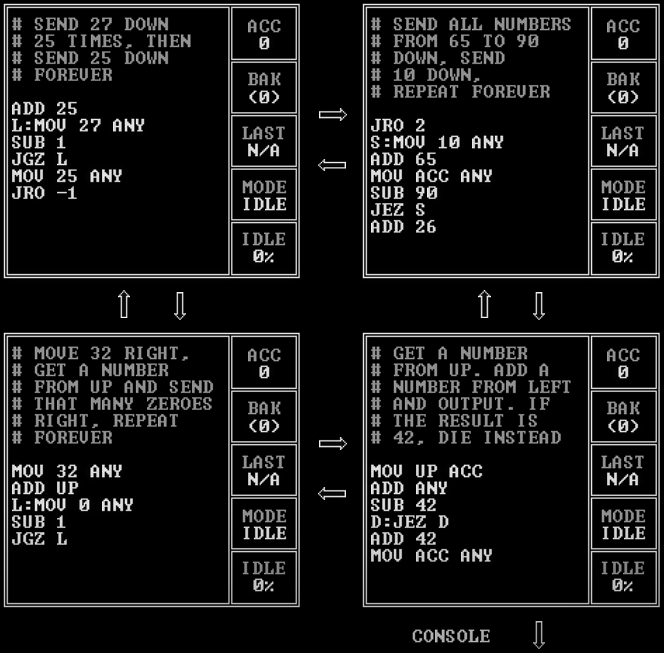In as few bytes as possible, write a program or function that outputs the following:
Abcdefghijklmnopqrstuvwxyz
aBcdefghijklmnopqrstuvwxyz
abCdefghijklmnopqrstuvwxyz
abcDefghijklmnopqrstuvwxyz
abcdEfghijklmnopqrstuvwxyz
abcdeFghijklmnopqrstuvwxyz
abcdefGhijklmnopqrstuvwxyz
abcdefgHijklmnopqrstuvwxyz
abcdefghIjklmnopqrstuvwxyz
abcdefghiJklmnopqrstuvwxyz
abcdefghijKlmnopqrstuvwxyz
abcdefghijkLmnopqrstuvwxyz
abcdefghijklMnopqrstuvwxyz
abcdefghijklmNopqrstuvwxyz
abcdefghijklmnOpqrstuvwxyz
abcdefghijklmnoPqrstuvwxyz
abcdefghijklmnopQrstuvwxyz
abcdefghijklmnopqRstuvwxyz
abcdefghijklmnopqrStuvwxyz
abcdefghijklmnopqrsTuvwxyz
abcdefghijklmnopqrstUvwxyz
abcdefghijklmnopqrstuVwxyz
abcdefghijklmnopqrstuvWxyz
abcdefghijklmnopqrstuvwXyz
abcdefghijklmnopqrstuvwxYz
abcdefghijklmnopqrstuvwxyZ
abcdefghijklmnopqrstuvwxYz
abcdefghijklmnopqrstuvwXyz
abcdefghijklmnopqrstuvWxyz
abcdefghijklmnopqrstuVwxyz
abcdefghijklmnopqrstUvwxyz
abcdefghijklmnopqrsTuvwxyz
abcdefghijklmnopqrStuvwxyz
abcdefghijklmnopqRstuvwxyz
abcdefghijklmnopQrstuvwxyz
abcdefghijklmnoPqrstuvwxyz
abcdefghijklmnOpqrstuvwxyz
abcdefghijklmNopqrstuvwxyz
abcdefghijklMnopqrstuvwxyz
abcdefghijkLmnopqrstuvwxyz
abcdefghijKlmnopqrstuvwxyz
abcdefghiJklmnopqrstuvwxyz
abcdefghIjklmnopqrstuvwxyz
abcdefgHijklmnopqrstuvwxyz
abcdefGhijklmnopqrstuvwxyz
abcdeFghijklmnopqrstuvwxyz
abcdEfghijklmnopqrstuvwxyz
abcDefghijklmnopqrstuvwxyz
abCdefghijklmnopqrstuvwxyz
aBcdefghijklmnopqrstuvwxyz
Abcdefghijklmnopqrstuvwxyz
A trailing newline is permitted. You can find a reference ungolfed Python implementation here.


